
The ecological Nosara that attracts hundreds of tourists every year to its beaches is getting more and more worried as buyers are looking at the area and sustainability plans remain isolated efforts without a regulatory plan that unifies them.
Because there are no modern guidelines that demarcate protected areas (beyond the Ostional refuge), public spaces, and residential and commercial zones, the responsibility falls on the buyer and whatever advice they get from their real estate agents.
Local residents see construction growth as a reason for worry, especially when water is scarce and garbage is piling up in the district. Data confirm their worry: in 2012 there were 1,359 square meters of hotel construction planned; in 2016 that number increased to 6,341 square meters, an increase of 366%.

“The results of accelerated growth are a lack of water, and garbage. Unfortunately, we’re in reactive mode,” said Bram Shook, a local real estate agent.
Square meters planned for housing also showed a steady increase over the past five years, moving from 4,667 in 2012 to 12,982 in 2016, according to data from the Guild of Architects and Engineers (in Spanish, CFIA).
Meanwhile, the community continues to wait for a plan that orders the land. The regulatory plan for the maritime/terrestrial zone of Nicoya and the local land plan was was rejected due to several technical inconsistencies. Currently, the National Technical Environmental Secretariat qualifies them on its list of plans as “archived.”
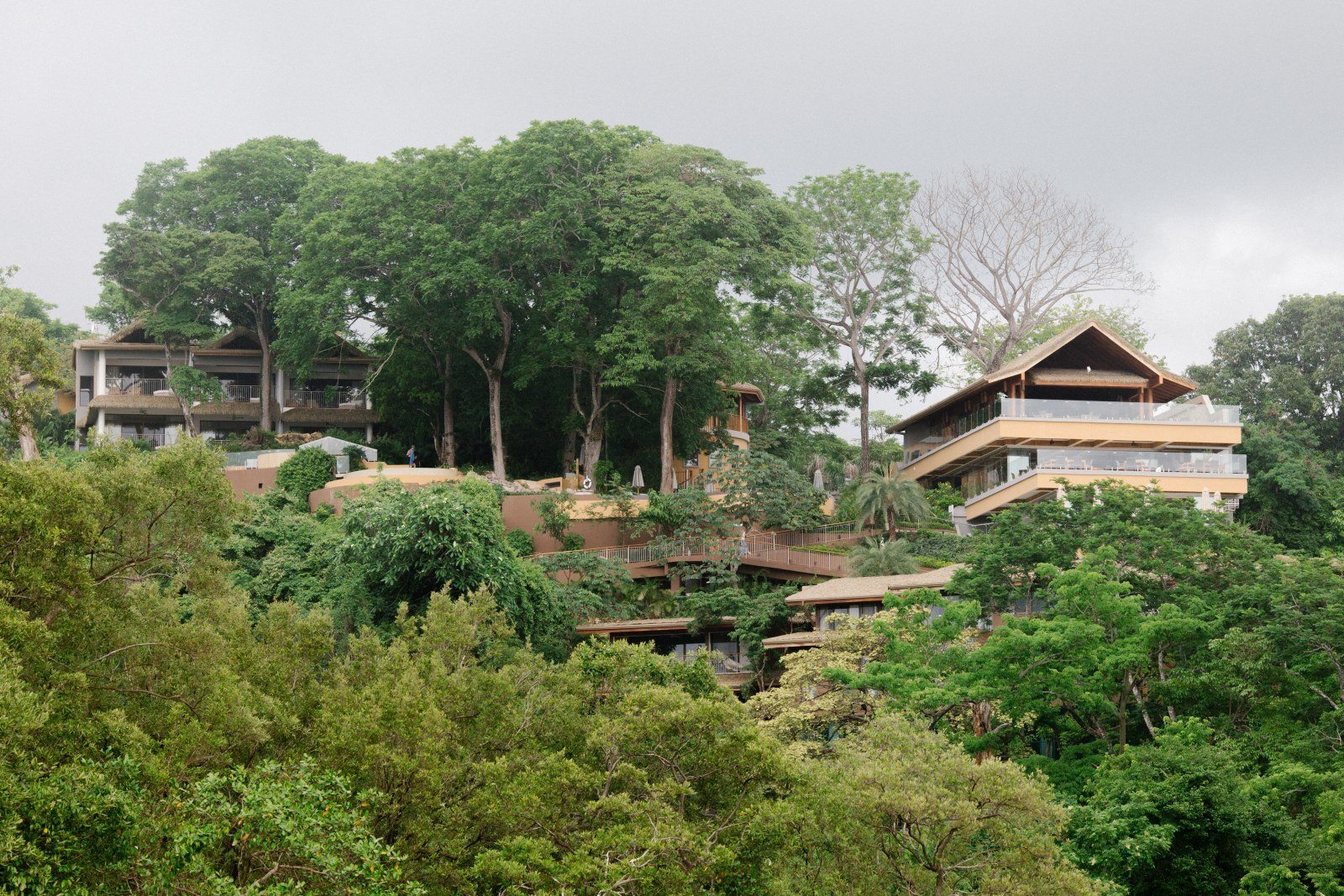
Read also: Lack of Regulatory Plan impedes ordering the canton of Nicoya
What’s Keeping Nosara From Becoming Tamarindo?
Common sense and the common good, says Bram Shook hopefully. Shook is the owner of Century 21 in Nosara.
As more people want to buy land, advising sustainable management of the lands to their clients is in the hands of real estate agents. Then it’s on the clients whether or not they heed that advice.
“We can promote responsible and sustainable construction, encourage them to contribute to communal programs, but it doesn’t depend on us. We suggest to the clients what they should do, but we don’t impose it,” said Rich Burnman, a real estate agent with Surfing Nosara.
“We can sell a lot now and a few years down the road the people might build something that we don’t agree with, but we can’t do anything about it. There is where the regulatory plan would play an important role,” added Burnman.
The Voice of Guanacaste consulted four real estate companies. Most share Burnman’s thoughts. With the commercial and housing expansion in the zone, they live in a balance of selling land and educating buyers on sustainability.
Other residents, like Marcos Ávila, who has been president of the Nosara Integral Development Association (in Spanish, ADIN), are much more emphatic in their worry. “This is going to become Tamarindo unless something is done,” he said gravely. Ávila also sees the need for a regulatory plan.
“(The plan) brings a lot of order because it delineates many zones. It controls commercial and residential areas. It is able to control the distance from the (Ostional) refuge, the size of streets, and more,” he added.
The Ostional Wildlife Refuge is composed of the communities Ostional, Guiones, and Playa Piedra. This refuge is a constant concern for some community members. As construction spreads, it also gets closer to the refuge. The wildlife could be negatively affected.
Read also: Uncertainty doesn’t die in Ostional, Guiones, and Pelada in spite of the Wildlife Refuge Law
Alternatives That Are in the Works
Some isolated efforts in Nosara have turned to alternative solutions. Daniel Brett, from Nosara Realty Collective, tries to get buyers involved in community programs.
With each sale, the agency sets aside a portion for the benefit of the community and environment. Their program is private, without Government participation, explained Brett.
“We have programs related to caring for the coasts, preserving the turtle nesting area, and local firefighters,” added Brett.
Real estate agent Jeff Grosshandler thinks that whenever there’s a sale, there should be compensation.
“Having land to sell and build on is, by its nature, unsustainable. There should at least be a balance,” said Grosshandler, who is the owner of Remax. Currently the balance comes from having more protected areas.
The real estate agent’s responsibility, according to Grosshandler, is to inform foreign clients about all the available programs. The clients will then decide if they participate or not.
“If a client makes a $1 million purchase and invests $200,000 on ten hectares to protect it (under the program Payment for Environmental Services, or PES), we are contributing to the conservation of this place,” said Grosshandler.
The PES consists of a financial payment made by the Government that includes benefits such as regular payments for the land that is chosen to be protected, property tax exemption on the protected property, and police protection against illegal occupation.
Other efforts have been carried out through neighborhood associations like the Nosara Civic Association (NCA).
“In the NCA we have 240 protected hectares that several of our members acquired in Guiones, Pelada, and behind the mountain,” said its president, Ethel Araya. This private association’s members agreed to keep this land protected, she added.
These 240 hectares represent just 1.77% of the total area of Nosara. Araya said that it is necessary to conserve even more land.
Like her, business owners and local residents are conscious that the conservation of Nosara will depend on each person’s efforts until there is an official regulation.


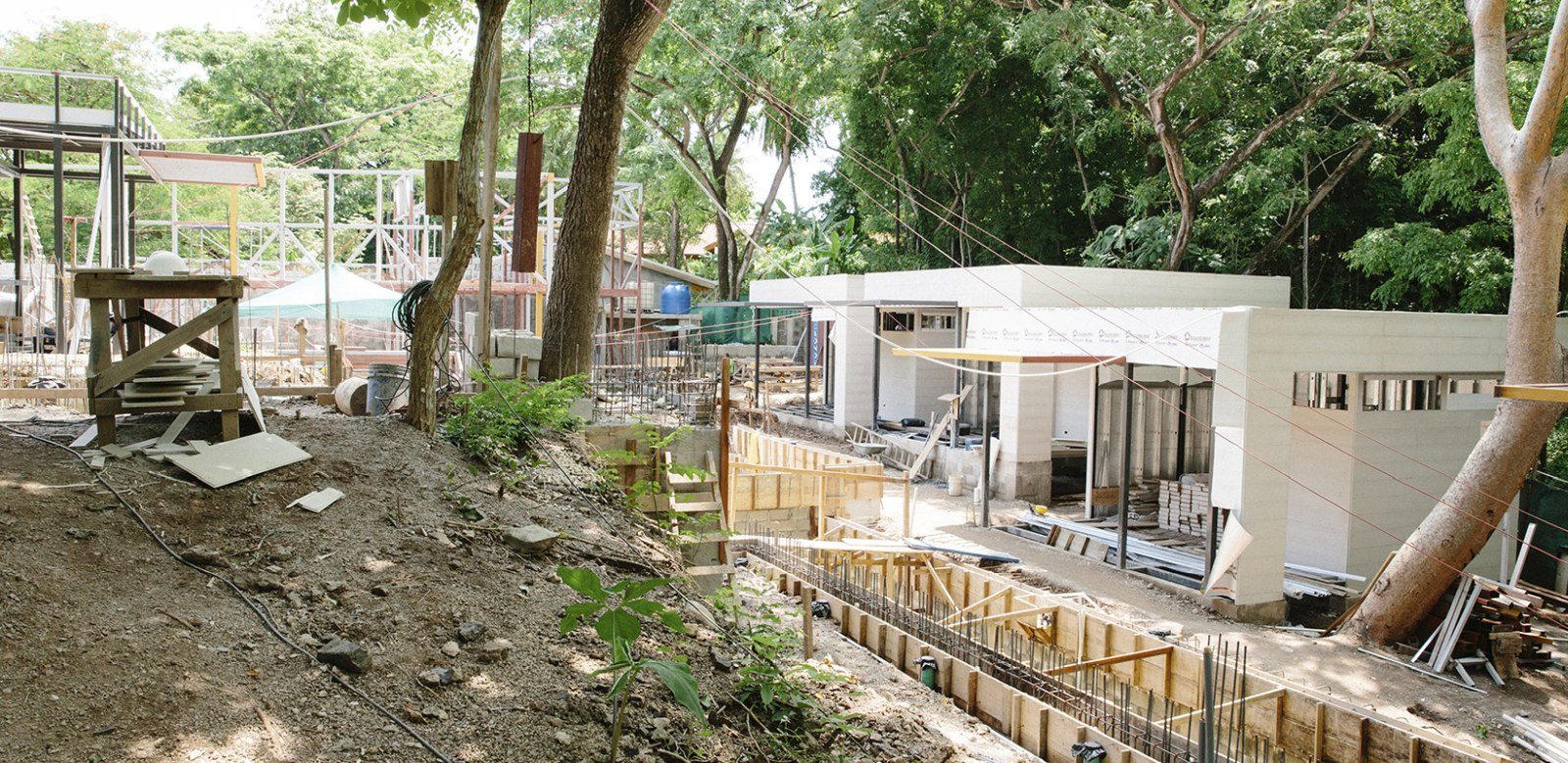
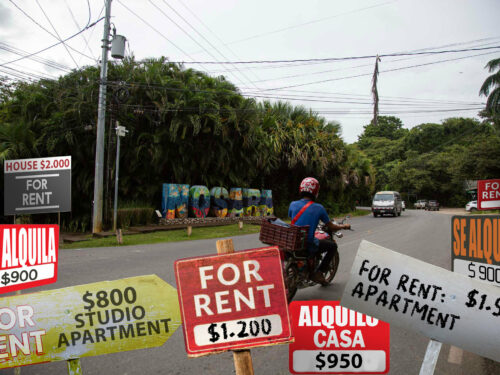
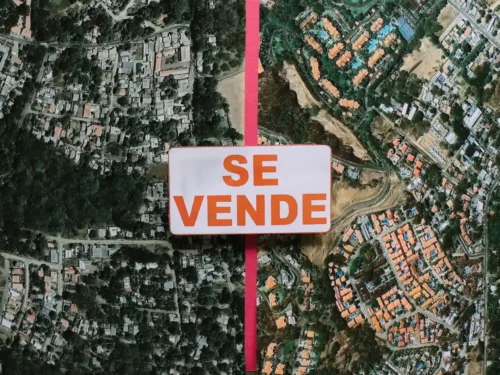
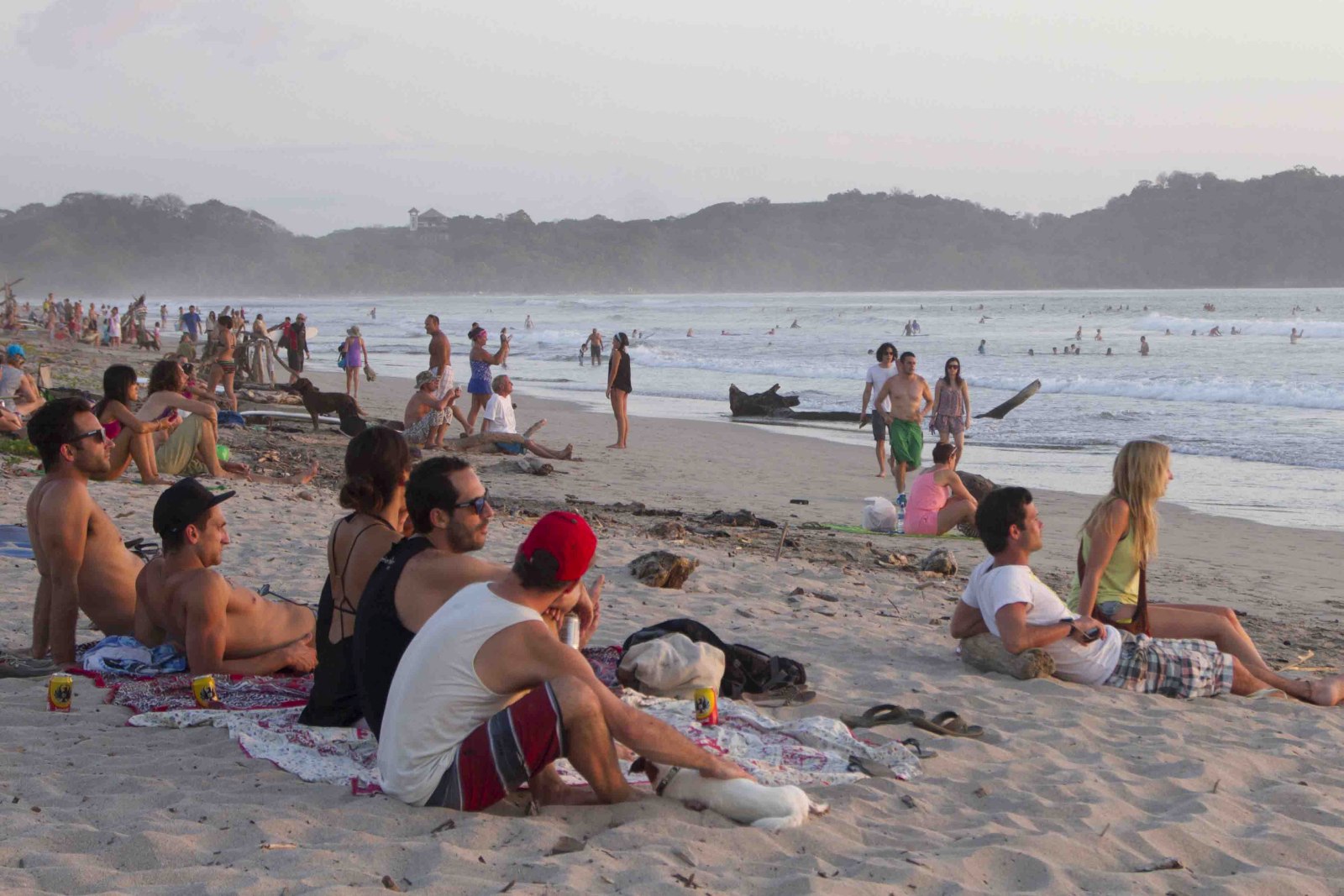

Comments